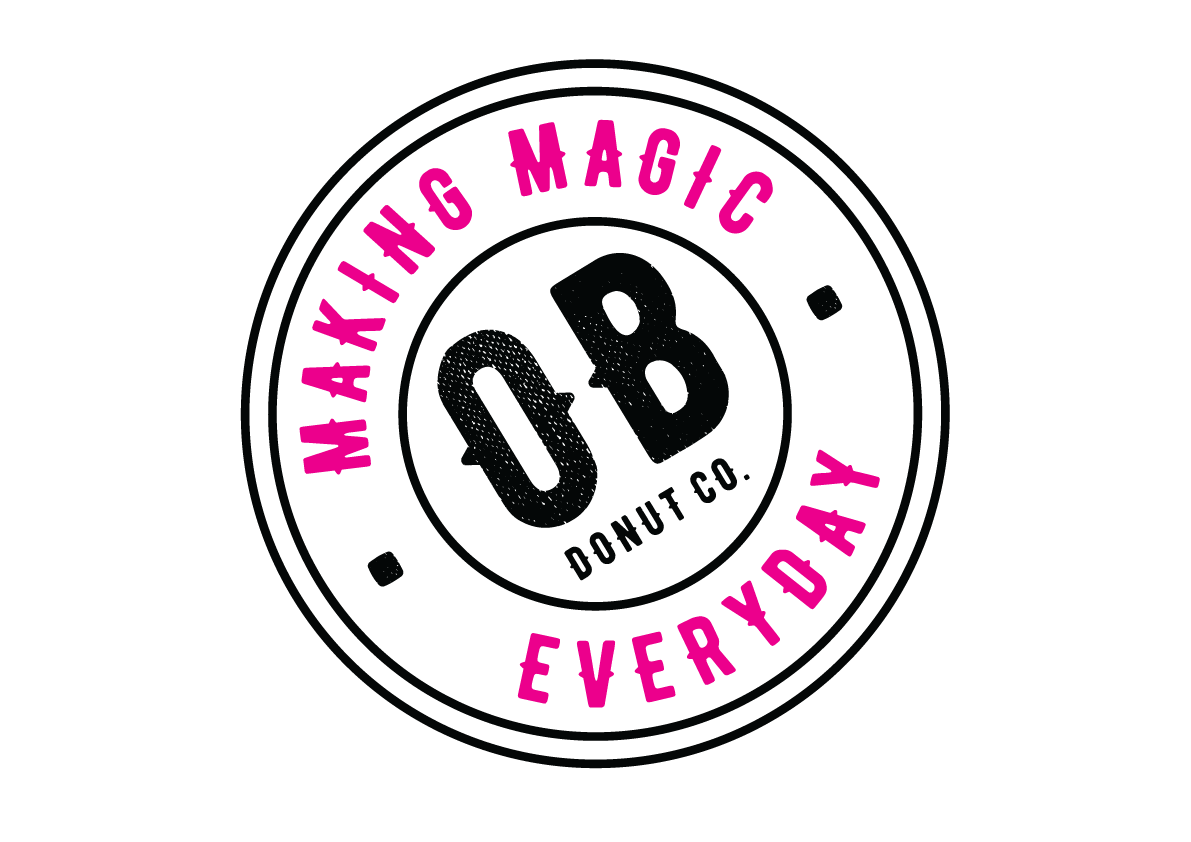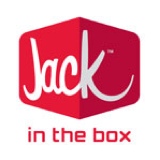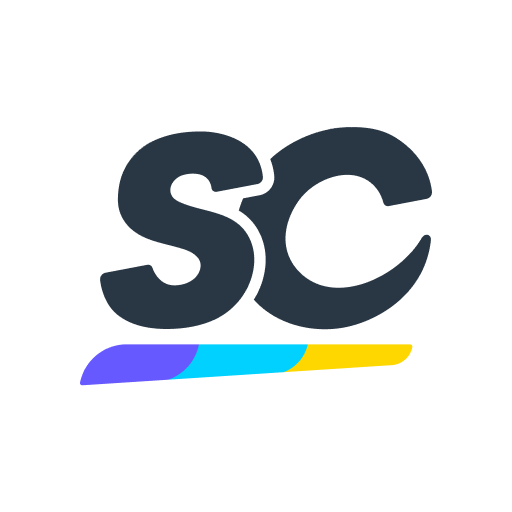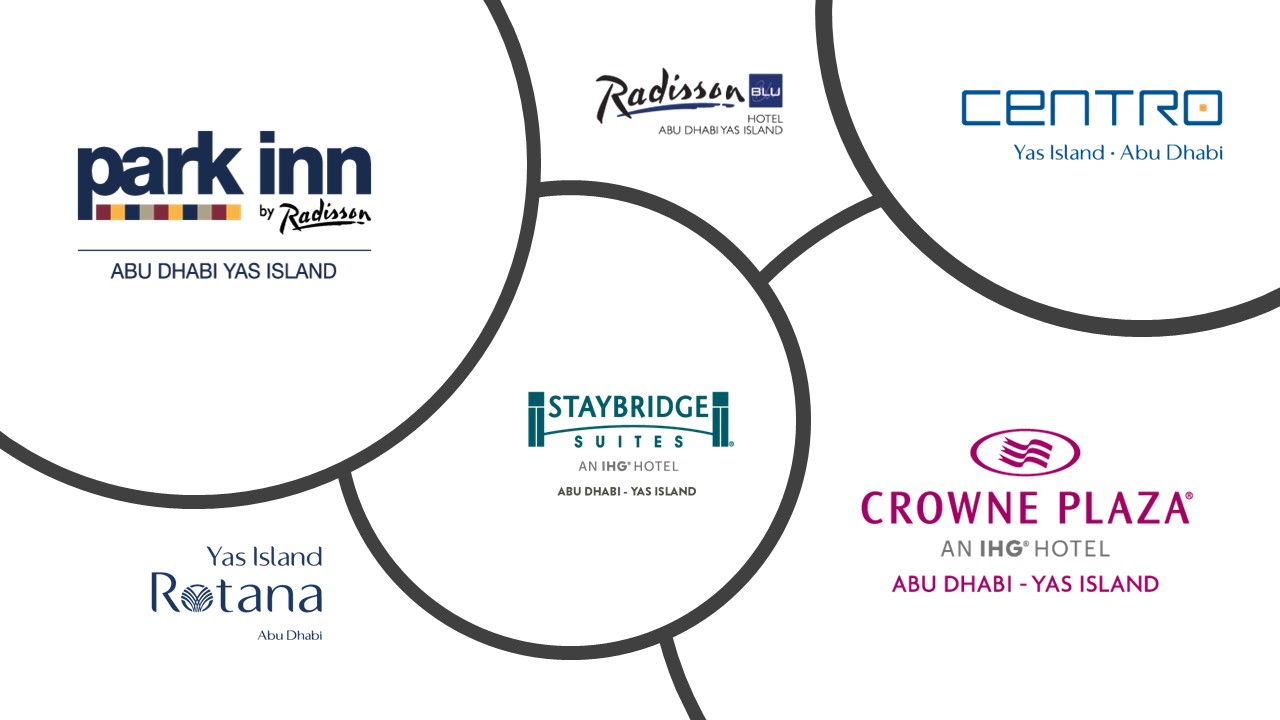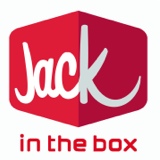Title Page
-
Site conducted
-
Conducted on
-
Prepared by
-
Location
-
-
Record “Y” for Yes, “N” for No, and “NA” for Not Applicable
-
M T W Th F St Sn
I. Refrigerator & Freezer Storage
-
A. Refrigerator & Freezer units in good repair
-
B. Proper temperatures maintained:
-
1. Refrigerators at 39°F or below
-
2. Freezer units at 0°F or below
-
C. Graduated thermometers properly located and easily readable
-
D. Food products stored 6” above floor in the walk-in cooler/freezer
-
E. No potentially hazardous ready-to-eat foods held for more than 7 days at 41°F
-
F. Foods properly labeled and dated with the discard date (prep day + 6 days)
-
G. Food products properly protected:
-
1. Covered
-
2. Cross-Contamination: Raw animal foods stored according to cook-off temperatures and below and away from cooked, ready-to-eat food
-
For any unsatisfactory items listed above, describe the Corrective Action:
II. Preparation, Holding & Service
-
A. Proper defrosting of frozen food
-
B. Handling of food minimized by use of suitable utensils
-
C. Verify no bare hand contact with ready-to-eat foods
-
D. Fruits and vegetables washed
-
E. Potentially hazardous food at 41°F or below OR 135°F or above
-
F. Proper cooling procedures used:
-
1. Within 2 hours from 135°F to 70°F ; and
-
2. Within a total of 6 hours from 135°F to 41°F or less
-
G. Proper holding practices used
-
H. Unwrapped and potentially hazardous foods not reserved
-
I. Calibrated metal-stemmed thermometer readily available (0°- 220°F)
-
For any unsatisfactory items listed above, describe the Corrective Action:
III. Dry Storage Facilities
-
A. Storage facilities in good repair
-
B. Food products stored 6” above the floor
-
C. Dry food products stored in approved containers
-
D. Separate storage of chemicals
-
For any unsatisfactory items listed above, describe the Corrective Action:
-
M T W Th F St Sn
-
M T W Th F St Sn
-
Self Inspection-QA Checklist.doc 12/15
-
M T W Th F St Sn
-
M T W Th F St Sn
IV. Personal Hygiene
-
A. Monitoring of proper & frequent employee handwashing
-
B. Handsinks accessible, hot/cold running water, soap & single-use towels
-
C. Smoking prohibited, except in approved areas
-
D. Employee beverages/food stored below and away food and food contact
-
Surfaces (all beverages have a lid and a straw)
-
E. Clean clothes and proper hair restraints
-
F. Proper restriction of employees with infections, illnesses, poor hygiene
-
For any unsatisfactory items listed above, describe the Corrective Action:
V. Equipment & Utensils
-
A. Good repair
-
B. Clean & sanitary
-
C. Proper utensil washing and sanitizing practices:
-
1. Proper use of three compartment sink
-
2. Wash water clean
-
3. Proper temperature or chemical concentrations for sanitizing
-
D. Wiping cloths restricted, used properly, adequate sanitizer solution
-
E. Proper storage of utensils
-
F. Single service articles properly handled
-
For any unsatisfactory items listed above, describe the Corrective Action:
VI. Establishment
-
A. Good repair – outside areas maintained, landscape free of vermin and trash
-
B. Toilet facilities adequate, properly installed, maintained
-
C. Plumbing properly installed (adequate air gapping) and maintained
-
D. Floors, walls, ceilings:
-
1. Good repair
-
2. Easily cleanable
-
3. Clean
-
E. Lighting – adequate, properly shielded
-
F. Vermin controlled
-
G. Rubbish storage:
-
1. Approved containers (inside and outside)
-
2. Disposed of frequently
-
3. Area clean, no nuisance
-
For any unsatisfactory items listed above, describe the Corrective Action:
-
Inspected By
-
Certified Manager
-
M T W Th F St Sn
-
Certificate Number
-
Date
-
Date
-
Self Inspection-QA Checklist.doc 12/15







